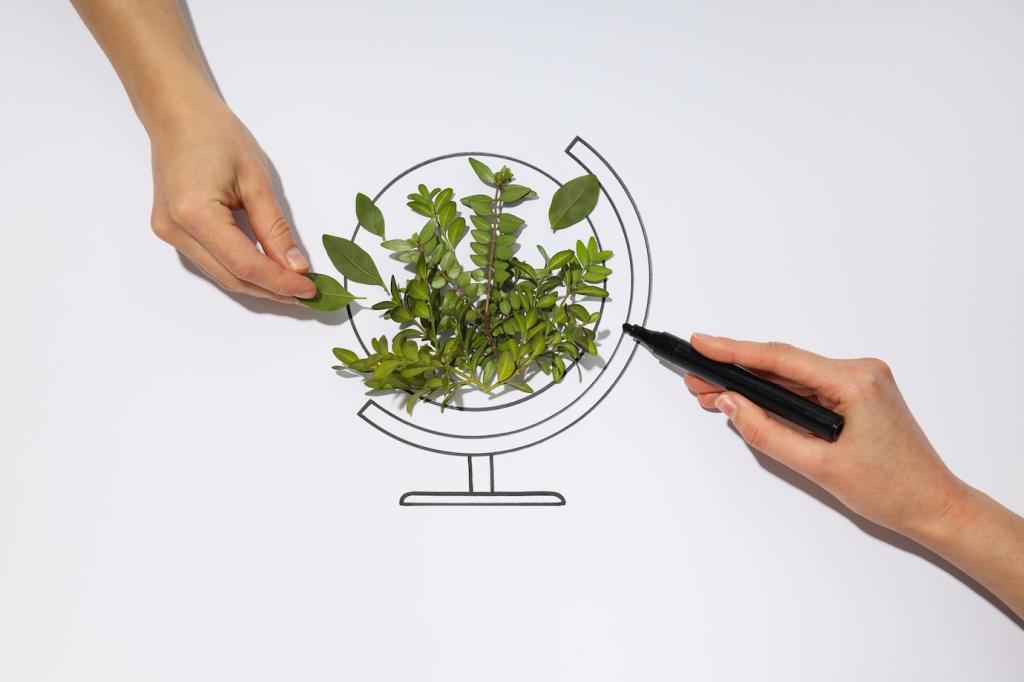Policy, Credits, and Community Momentum
Many cities reduce stormwater fees or offer grants for green roofs that meet performance criteria. Understanding documentation requirements upfront speeds approvals and ensures your design captures the credits that make long-term stewardship financially sustainable.
Policy, Credits, and Community Momentum
Start with a visible roof that doubles as a teaching tool, then replicate lessons across a portfolio. Shared metrics, consistent specifications, and staff training transform isolated successes into a resilient, budget-friendly standard for many buildings at once.









